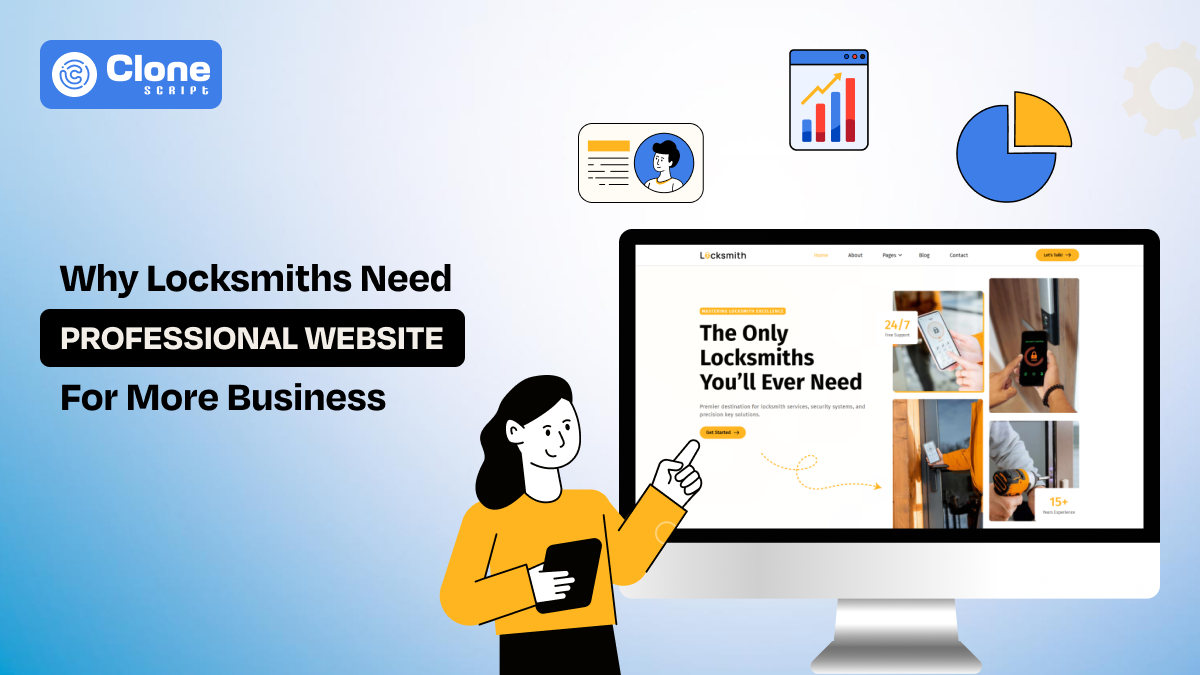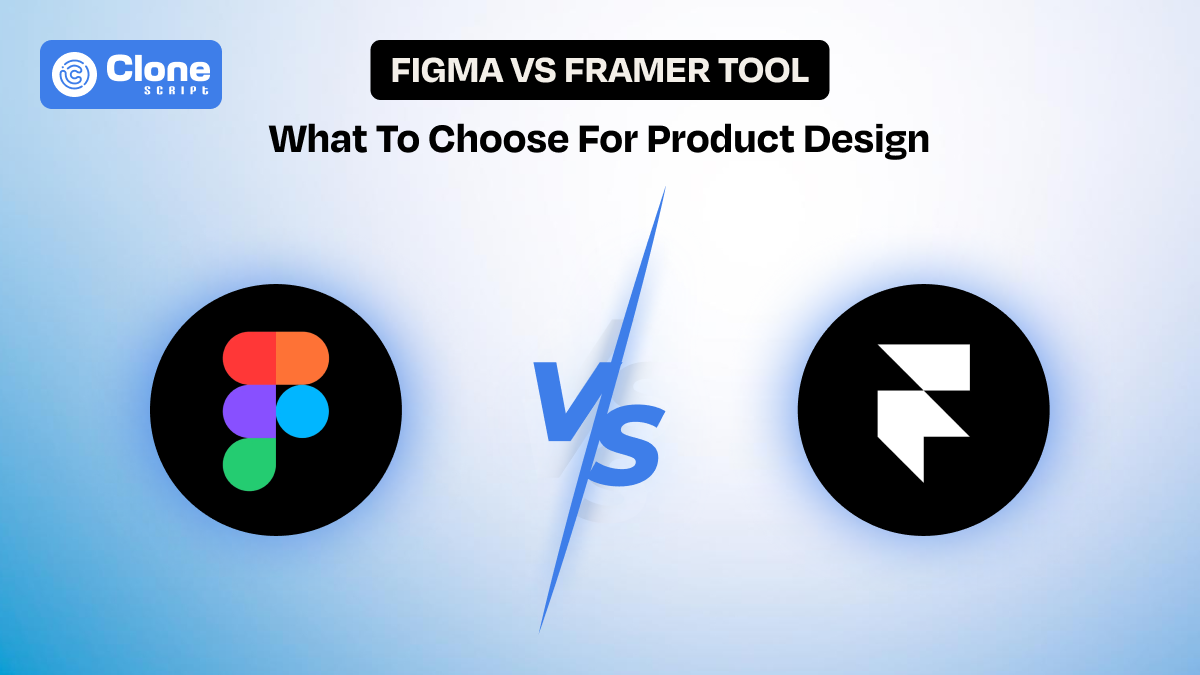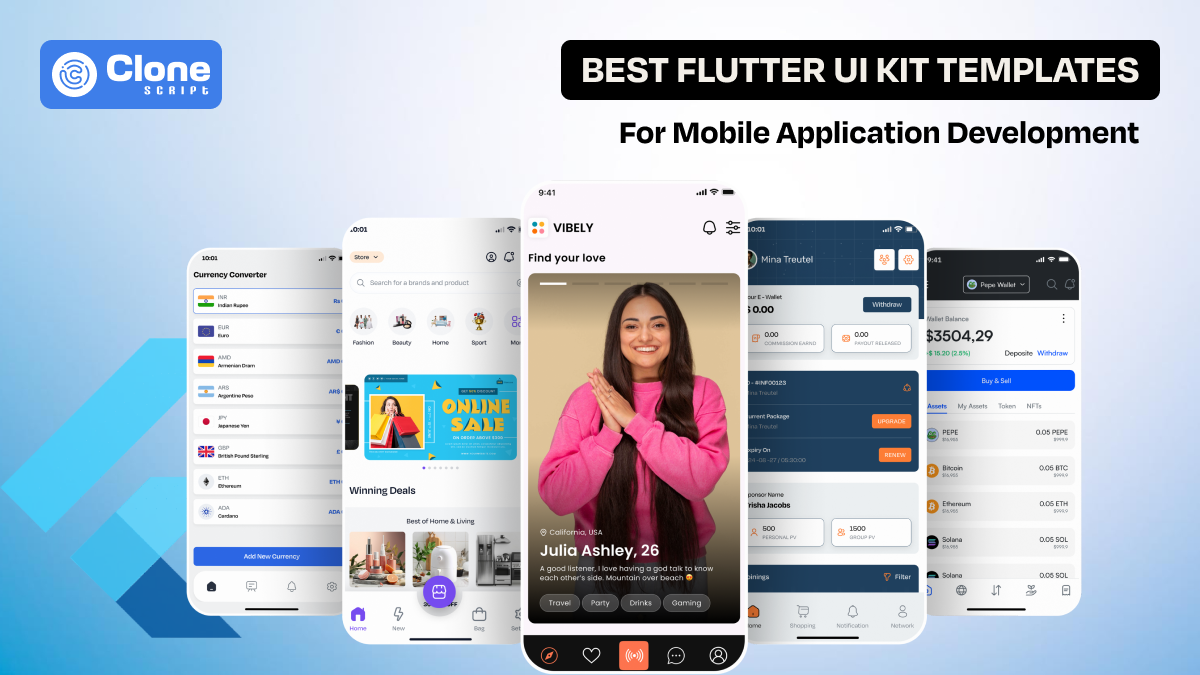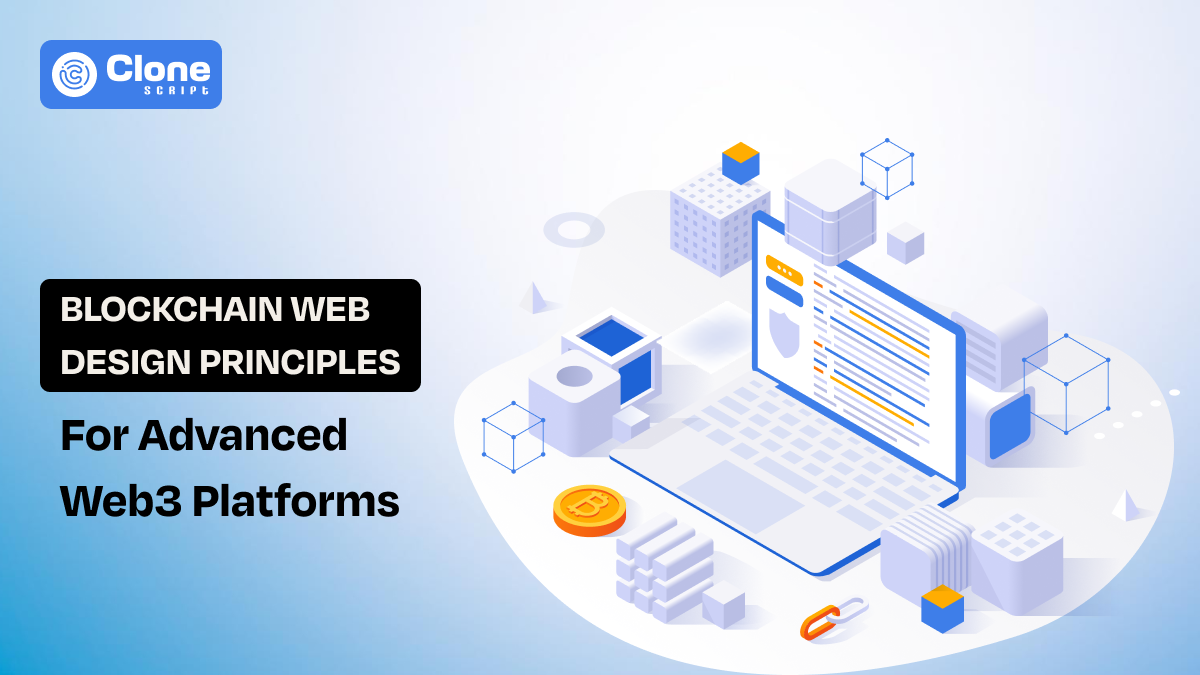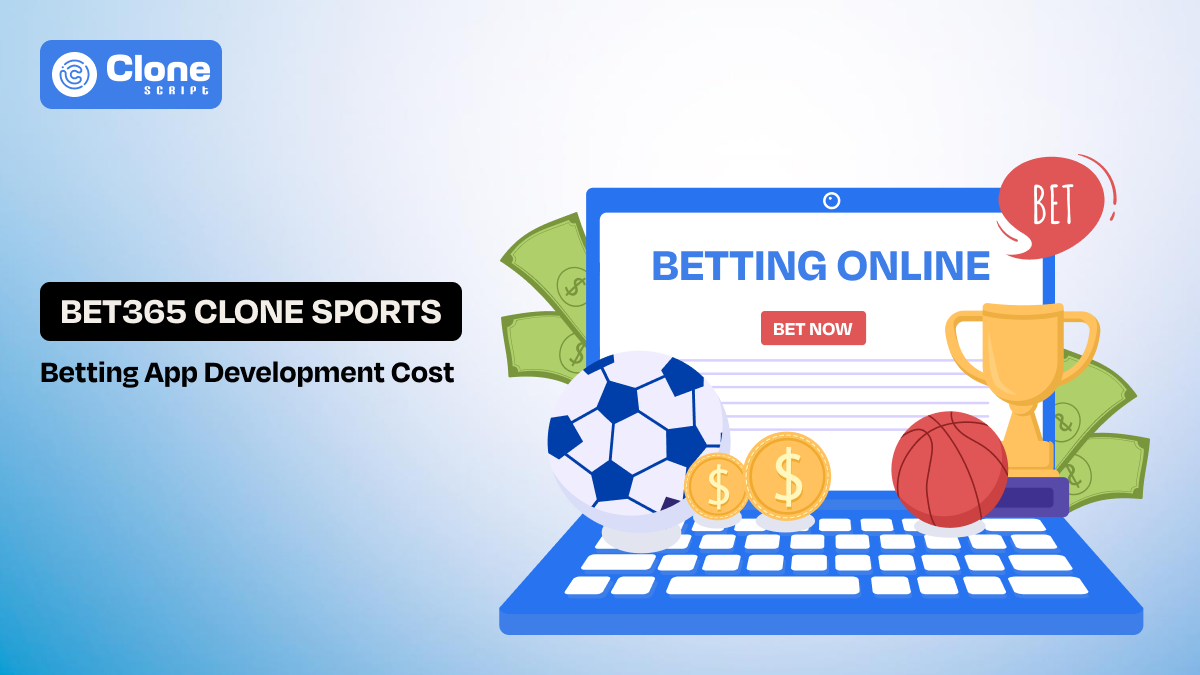10 Most Talked-About Web Design Trends For Design Inspiration In 2026
Nowadays, designing a website is more than just starting the wireframe, opening Figma, prototyping it, and handing it over to the development team. Without considering the web design trends for 2026, you’re heading towards the generic sites, not futuristic platforms. As more advanced technology is introduced daily, having a static website is just like a poor presentation.
In this article, we’re talking about the most talked-about and anticipated web user interface (UI) design trends that shape the future of user experience.
First, understand why we have to consider them.
The Shift Toward 2026’s New Web Standards
Three major forces are shaping the direction of 2026’s design scope:
-
Users expect frustration-free experiences. Every delay, such as image loading or payment status, reduces trust and engagement.
-
Brands want identity systems that work everywhere. A website must scale across devices, contexts, and touchpoints.
-
Design maturity continues to grow. Template-looking websites are no longer acceptable for businesses wanting to appear credible in the advanced era.
These drivers have pushed the industry toward more meaningful, thoughtful, and experience-first design.
The question is how 2026 differs from previous design cycles.
Past years focused mainly on aesthetics or feature trends. What sets 2026 apart is its emphasis on emotion, efficiency, and clarity. Instead of novelty, designers are prioritizing timeless patterns improved through modern techniques.
Let’s understand these design trends.
Trend #1: Users Now Expect a Cinematic Website Experience on the Go.
Cinematic web design trends bring storytelling, visual depth, and film-inspired movement into websites. It transforms browsing into an emotional, immersive experience that feels more like watching a narrative unfold than navigating static pages.
What has to be focused on?

-
Large-Scale Visual Narratives
Designers use layered imagery, scroll-triggered scenes, deep backgrounds, and dramatic visual transitions to guide users through a story. These interesting sequences help brands create memorable emotional impact without confusing users in every business, whether e-commerce or service providers. The combination of clarity with cinematic expression works tirelessly.
-
Film-Like Motion and Transitions
Websites now use soft dissolves, smooth camera-like pans, parallax depth, and atmospheric motions inspired by film editing. These transitions create a calm, fluid browsing experience that enhances the messaging and reduces cognitive load. Using motion design in a website becomes the most important part of a futuristic website development.
Trend #2: Adaptive Layouts With Hyper-Flexibility Become Key in Development.
This is the best 2026 web design trend we have ever seen. Adaptive layouts respond intelligently to different devices, environments, and user contexts. They ensure the design feels natural and usable whether someone browses on a smartwatch, large screen, AR lens, or car display.
What has to be focused on?

-
Fluid Grids and Responsive Breakpoints
The layout trends in websites now shift based on device size, orientation, lighting, input method, and user preference. Web designers depend on fluid grids and modular components to maintain a consistent structure without rigid breakpoints or forced layouts.
-
Multi-Device, Multi-Context UX
Users move across phones, wearables, desktops, and mixed-reality displays. Responsive web design practices adapt automatically, helping to maintain clarity and familiar patterns. This gives seamless continuity and reduces frustration across constantly changing browsing environments.
Trend #3: Human-Centered Minimalism Grabs User Attention.
Human-centered minimalism focuses on comfort, clarity, and emotional ease. It removes unnecessary clutter that increases the frustration. At the same time, it enhances user focus through thoughtful spacing, soft color palettes, and content-first structure.
What to be focused on?

-
Content-Led Simplicity
Web UI design principles prioritize meaningful messages, supportive visuals, and gentle hierarchy. Instead of including pages in a bunch, designers create warm, focused layouts that guide users naturally. The best part is that it optimizes for preserving brand personality and readability.
-
Reduction of Visual Noise
Removing the distracting banners, chaotic elements, and excessive micro-interactions that do not make sense is worthless in the interface design. This can usually be found in current sites with marketing and sales sole purpose. Clean navigation, predictable flows, and calm spacing help users feel relaxed and confident when exploring content.
Trend #4: Expressive Typography Work as a Design Anchor.
In 2026 web design, typography becomes the primary visual anchor of modern interfaces. Instead of supporting the design, type now leads it. It shapes mood, hierarchy, and brand personality through expressive scale, motion, and composition. There’s no doubt in considering this as the modern website design inspiration.
What to be focused on?

-
Oversized Type for Emotional Impact
Oversized typography sets the emotional tone immediately. The words feel like design elements rather than simple text. This approach enhances clarity, creates instant brand recall, and replaces heavy visuals. Web designing team uses bold scales and strong contrast to spark interest within the first second.
-
Kinetic Type for Storytelling
Kinetic type adds controlled movement to convey the meaning. Subtle animations, like sliding transitions, proper movement, or directional motion, guide reading flow and highlight key messages. Instead of distracting, it gives the narrative structure and creates a more approached, story-driven experience for users.
Trend #5: Depth-Driven 3D and Layered Realism Requires Now.
Web design made with depth-focused 3D and layered compositions to create immersive, realistic digital environments is a must. These elements add clarity, visual hierarchy, and an elevated sense of presence without compromising performance. There is no doubt to say these future web design ideas are more appropriate to differentiate the web experience from other sites.
What to be focused on?

-
Lightweight 3D for Faster Experiences
Lightweight 3D assets now offer realism without slowing websites down. Using optimized models, simplified geometry, and GPU-friendly rendering to create smooth, interactive visuals. This balance of depth and efficiency gives brands a premium look while keeping user experience fast and responsive.
-
Dimensional Layers and Shadows
Layered layouts use soft shadows, overlapping sections, and minimized elevation to create a sense of visual structure. Instead of flashy effects, apply depth to guide attention, separate content zones, and add natural realism that feels seamless across both desktop and mobile interfaces.
Trend #6: Micro-Interactions With Real Purpose Get Conversions.
Micro-interactions are the most talked-about 2026 UX trends. They are designed to enhance clarity, not decoration. They act as small communication moments that help users instantly understand what’s happening and feel more connected to the interface.
What to be focused on?

-
Guided User Behaviors
These interactions gently give direction to users toward the next step without overwhelming them. A minimal icon shift, a button glow, or a progress hint can signal direction or confirmation. They create a smooth, predictable flow that supports decision-making and boosts user confidence throughout the journey. This can be considered in the tap-to-earn game app design.
-
Invisible UX Improvements
Some micro-interactions work silently behind the scenes, improving the interface without calling attention to themselves. Soft transitions, micro-loading states, and contextual feedback are examples of how they help to maintain continuity. Users may not notice these details, but they definitely feel the enhanced ease and fluidity.
Trend #7: Organic & Sustainable Design Aesthetics Increase Trust.
Web designers in 2026 are going into nature for inspiration: soft palettes, fluid shapes, and low-impact visuals. This modern UI design trend reflects a growing desire for calm, ethical, and environmentally considerate digital experiences.
What to be focused on?

-
Nature-Inspired Color Palettes
Brands are replacing intense, high-saturation colors with softer, earthy tones that feel more grounded. These palettes not only create emotional comfort but also beautifully represent it with minimal layouts. The result is a visual language that feels warm, modern, and genuinely human.
-
Energy-Efficient Visual Systems
Eco-conscious design now includes performance choices, smooth animations, compressed assets, and layouts engineered for lighter energy use. These systems support sustainability without sacrificing aesthetics. From it, thoughtful efficiency can still deliver rich, high-quality digital experiences to global users.
Trend #8: Elevated Accessibility Standards Still Maintain Brand Presence.
Accessibility is no longer treated as an add-on. In 2026, it shapes the foundation of every interface, influencing layout, readability, and the overall emotional ease of interacting with a website. Whether it’s a e-commerce website design or a crypto exchange platform, accessibility remains important.
What to be focused on?

-
Design for Cognitive Ease
Digital product designers are prioritizing mental clarity by reducing clutter, defining clearer pathways, and choosing interface patterns that make decision-making simpler. The focus is on saving time. It means users can navigate and understand content without strain or second-guessing.
-
Improved Readability and Visual Hierarchy
Readable type isn’t negotiable anymore. Generous spacing, structured headings, and considered contrast all contribute to a smoother reading experience. These refinements help different users, especially those with visual or cognitive challenges, move effortlessly through the content.
Trend #9: Mixed Reality-Ready Interfaces Make Advanced Footprint.
This is the most important creative web design inspiration. Now, the world is preparing for a world where the browser works simultaneously with Augmented Reality (AR) and Virtual Reality(VR). User interface designs in 2026 are becoming more unique, more interactive, and more adaptable to emerging mixed-reality environments.
What to be focused on?

-
AR-Enhanced Browsing Moments
Simple AR layers like try-on previews, proper product placement, and guided overlays are becoming realistic for everyday websites. Web developers aren’t building full AR apps yet. But they’re incorporating small, meaningful AR moments that make browsing feel more connected to the real world.
-
Early-Stage VR Page Frameworks
VR-ready design is still early, but foundational patterns are emerging. Development team experimenting with depth-based navigation, floating UI panels, and enhanced storytelling. These explorations lay the groundwork for interfaces that eventually extend beyond the flat screen.
Trend #10: Premium Minimalist Branding Systems are Useful.
Minimalism in website design trends in 2025 and evolves in 2026. It is shifting from “simple and empty” to “elegant and intentional.” The emphasis is on refinement, clean layouts, subtle luxury cues, and a sense of crafted precision.
What to be focused on?

-
Modern Luxury Design Principles
Famous brands are choosing a minimalist look that feels premium through restraint. Having sophisticated spacing, quiet color palettes, and carefully selected typefaces creates an understated elegance. For example, look at the Apple.com or Dior website. This proves that luxury doesn’t need to shout to make an impact.
-
High-End Finishing Details
Small details carry the weight like micro-textures, polished iconography, refined hover effects, and balanced proportions. These finishing touches elevate even the simplest layouts, like contact pages and policies. It gives the brand a sense of exclusivity and craftsmanship without overwhelming the user.
3 Practical Ways to Apply These Web User Interface Trends
Applying 2026’s design trends isn’t about redesigning everything overnight. It’s about integrating smarter decisions into your workflow.
-
Decide the purpose first.
Start by giving every project a clear purpose: what emotion should the user feel, and what actions matter most? This helps you decide which trends add value instead of confusing the experience.
-
Focus on wireframing and prototyping.
Begin with quick exploratory sketches to test typography styles, depth layers, or micro-interactions before committing. Then, build modular components that can evolve beyond rigid layouts. It’s advisable to always prototype early. Motion, depth, and accessibility ideas work best when tested in real scenarios, not imagined ones.
-
Validation is required.
Finally, validate everything. Gather feedback from users with different abilities, run motion-performance tests, and refine your hierarchy through usability sessions. These trends become proper only when they solve real user problems, not when they exist as visual decoration.
Tools and Resources to Use for Website Design
You don’t need a complex toolkit to implement 2026’s emerging design patterns, just the right mix of creative and practical tools:
|
Category |
Tools |
Purpose / How They Help |
|---|---|---|
|
Design & Prototyping |
Figma |
Rapid UI exploration, component libraries, interaction prototyping. |
| Framer |
High-quality motion design, micro-interactions, and 3D-friendly prototypes. |
|
| Webflow |
Converts designs into responsive, production-ready web experiences. |
|
|
3D & Depth |
Spline / Rive |
Lightweight 3D elements and animations without heavy performance costs. |
| Blender |
Advanced 3D modeling for detailed and realistic asset creation. |
|
|
Accessibility |
Stark |
Contrast checking, color-blind simulations, accessibility scanning. |
| Axe DevTools |
Deep accessibility analysis during development and QA. |
|
|
Typography & Inspiration |
Google Fonts / Typekit |
Large libraries of expressive, modern font families. |
| Typewolf |
Research for font pairing, trends, and real-world usage examples. |
|
|
Performance & Optimization |
TinyPNG / Squoosh |
Compress images without losing quality for faster loading. |
| Lottie |
Lightweight animations that maintain smooth motion with minimal file size. |
These tools help you execute the trends with precision, not complexity. This lets you work smarter, not harder.
FAQs
-
Which web design trend will have the biggest impact on user experience in 2026?
Accessibility-focused design. Web designers are implementing cognitive ease, improved readability, and inclusive navigation patterns for digital experiences that work for every user.
-
How can I apply these future design trends to a client project without confusing the site?
Start small. Introduce trends through typography choices, simplified layouts, minimal depth, or micro-interactions. Pick just one or two trends that enhance the client's brand and user goals rather than trying to use everything at once.
-
What colors are trending in 2026 web design?
Nature-inspired palettes like warm neutrals, earthy greens, mineral blues, and soft browns are trending. They create calm, trust, and organic authenticity while pairing beautifully with minimal and luxury-focused layouts.
-
Are mixed reality (AR/VR) features necessary for modern websites?
No, but light AR enhancements, like product previews or real-world placement, can elevate experience for e-commerce and interactive sites. Full VR interfaces are still in the early stages, but it’s worth exploring for future-ready brands.
-
What micro-interactions are most effective in 2026?
Small, purposeful animations, button reflection, success confirmations, gentle transitions, and scrolling cues become important now. They help users understand actions and move smoothly through a website without feeling confused.
 BTC - Bitcoin
BTC - Bitcoin
 USDTERC20 - USDT ERC20
USDTERC20 - USDT ERC20
 ETH - Ethereum
ETH - Ethereum
 BNB - Binance
BNB - Binance
 BCH - Bitcoin Cash
BCH - Bitcoin Cash
 DOGE - Dogecoin
DOGE - Dogecoin
 TRX - TRON
TRX - TRON
 USDTTRC20 - USD TRC20
USDTTRC20 - USD TRC20
 LTC - LiteCoin
LTC - LiteCoin


